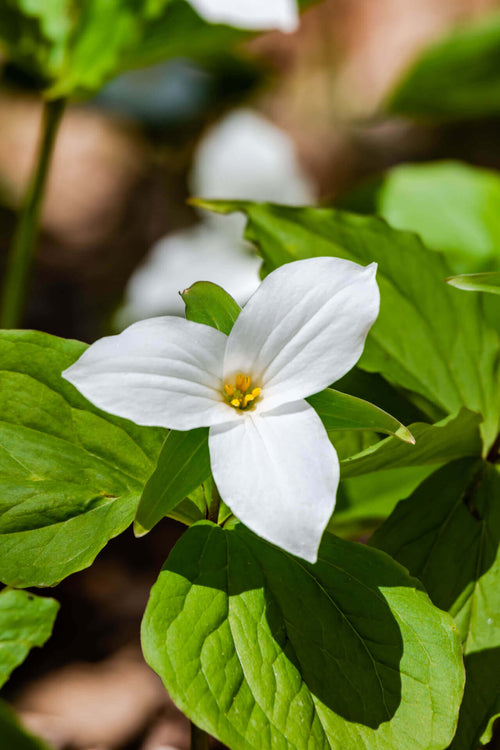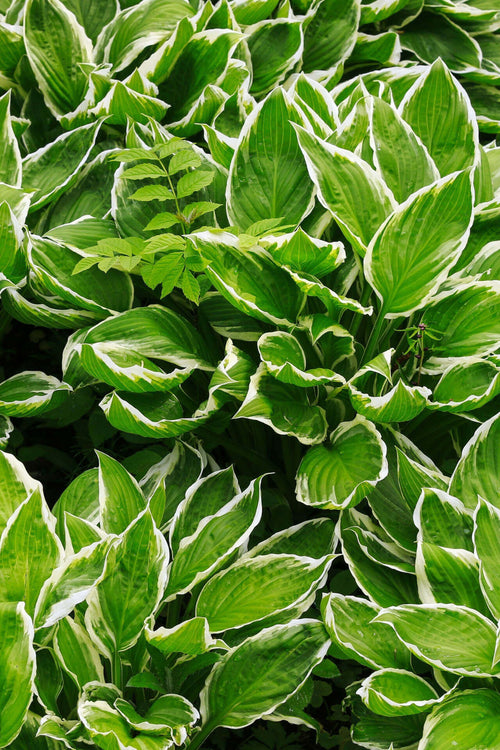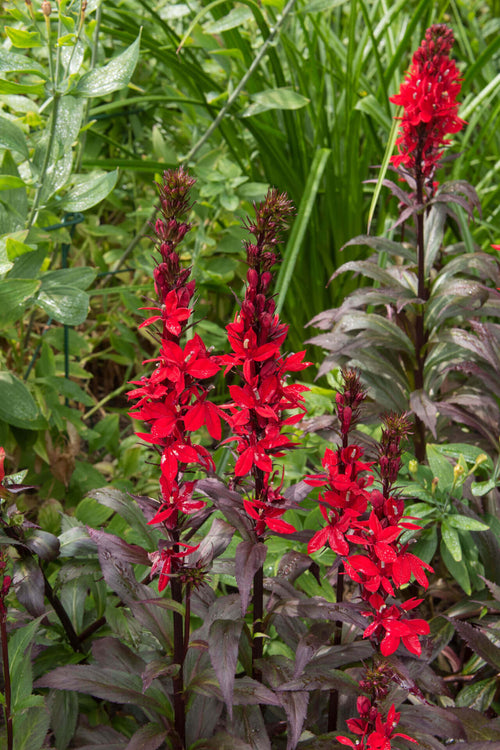Having a shady garden area does not have to dash your hopes of being able to plant lively perennials
There are several varieties of perennials that can flourish in the absence of bright sunlight. Many of the perennials are low maintenance and grow on their own each year. Included in this list are ten perennials that can thrive in shaded areas.
1. The Bleeding Heart perennial fares well in shaded areas. This beautiful flower is often admired for its heart-shaped flowers and arching stems. It does not take much effort to care for this flower. Routine fertilization and time-released plant food are enough to make the Bleeding Heart bloom with ease every year.
2. English Ivy thrives in shaded areas that have moist soil. Be careful to have only a little moisture in the soil. These perennials grow best in soil that contains organic matter or compost. English Ivy perennials can grow more than 50 feet long if adequately nourished.
3. White Trillium is a perennial with green leaves, white flowers, and three petals. The benefits of adding these perennials are their easy maintenance and ability to live for long periods.
4. Hydrangeas are available in different sizes and colors. These perennials do not fare well in sunlight. They are at their absolute best in the afternoon shade. For these perennials to peak, they require rich and moist soil.
5. Primrose can come in pink, purple, white, and yellow flowers. They must be planted in damp conditions with little water to grow properly. If properly nourished, they can multiply in number each year.
6. Jack in the Pulpit has unique features. Its flower resembles a slender stalk with a hooded cup. This perennial will only grow in the right environment. It requires shaded areas to thrive. To support this perennial, the soil must be slightly acidic, full of organic matter, and moist.
7. Hosta plants are a must-have perennial for shaded areas. Many gardeners love to plant the Hosta perennials because of their green leaves, beauty, and lush features. All Hosta plants have different requirements. Darker green Hostas perform better in shaded areas than lighter green Hostas. These perennials need slightly rich organic soil to thrive and grow each year.
8. Jacob's Ladder are perennials that naturally prefer shady or semi-shady areas. Be careful not to expose Jacob's Ladder to too much heat because it will burn. These perennials prefer slightly moist soil to damp, soggy soil.
9. Virginia Bluebell flowers are widely known as the Virginia Cowslip. This perennial has the unique ability to grow in any garden. To maximize its growth potential, the Virginia Bluebell must be planted in soil that does not hold too much water. Be careful not to expose this perennial to heavy amounts of rain or water it too much because it will die.
10. Cardinal flower is a vibrant red perennial that outperforms other perennials in the summer. The ideal location for Cardinal flowers to thrive is afternoon shade. They also require soil that is moist with plenty of organic matter.
Shaded gardens can be light and full of color. The list of vibrant perennials that thrive in the shade is endless.





















































